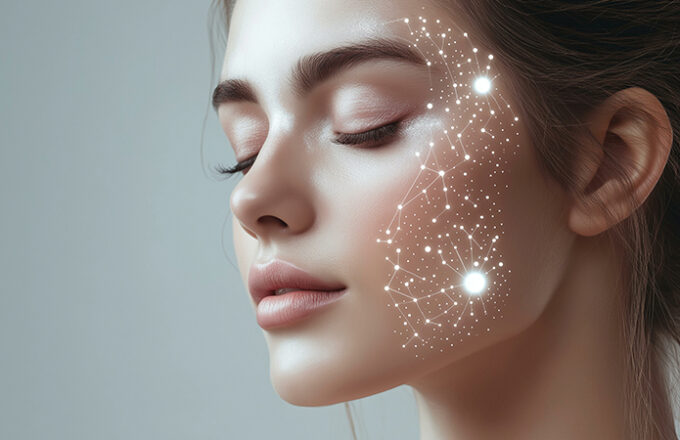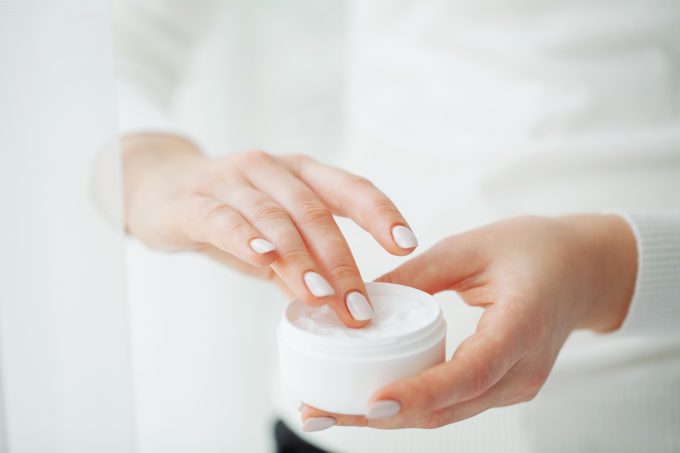
In the ever-evolving landscape of beauty and wellness care, an innovative approach is emerging—one that recognizes the deep connection between the mind and the skin: neurocosmetics. This fascinating branch of dermocosmetics leverages the skin’s interaction networks with nervous system mediators and hormones.
Neurocosmetic products do not merely aim to improve the skin’s appearance; they contain ingredients that interact with the cutaneous nervous system, stimulating the release of substances such as endorphins, dopamine, and serotonin. These contribute to overall well-being, can positively affect our emotions by boosting mood, reducing stress, enhancing self-perception, and consequently amplifying appearance and beauty—ultimately leading to improved social interactions as well.
One of the most promising areas of neurocosmetics is the treatment of sensitive skin, which is often worsened by stress, anxiety, and psychosomatic factors. Neurocosmetics offer support by addressing itching, burning, and inflammation through non-pharmacological yet scientifically validated approaches.
But among the many definitions, let’s bring some clarity.
A neurocosmetic is a product that, when applied to the skin, affects the cutaneous nervous system or skin mediators in general. This definition must still align with the traditional concept of a “cosmetic” as defined by Regulation (EC) No 1223/2009, which limits cosmetics to the exclusive or primary purpose of “cleaning, perfuming, changing appearance, protecting, maintaining good condition, or correcting body odours.” Some conceptual “grey areas” must therefore be assessed on a case-by-case basis.
The term psychocosmetic, on the other hand, refers to a product that enhances self-perception, self-esteem, and psychological well-being after use.
These effects align perfectly with sensorial cosmetics, which stimulate all five senses:

- Sight: emotional color and packaging
- Smell: aromatherapy and essential oils
- Touch: soft and enveloping textures
- Hearing: cosmetic rituals paired with relaxing music
- Taste: lip and oral care products
The cosmetic industry increasingly relies on neuromarketing, studying how consumers emotionally respond to products, packaging, and fragrances.
Non-invasive techniques such as functional magnetic resonance imaging or salivary cortisol analysis help to understand consumer orientations and define desired product characteristics, as well as investigate the motivations behind specific reactions.
Neurocosmetics and neuromarketing: the psychology behind beauty
Psychoneurocosmetics represent a promising evolution in the world of beauty, shifting the focus to a more integrated vision that acknowledges the power of the mind–body connection.
As research continues to unveil the complex mechanisms linking emotions and skin, the market is poised to witness significant growth in products and approaches embracing this holistic philosophy—beauty that goes beyond surface appearance.
The outlook is exciting and full of potential, but it is essential to remember that all claims must be backed by strong and reliable scientific evidence.
